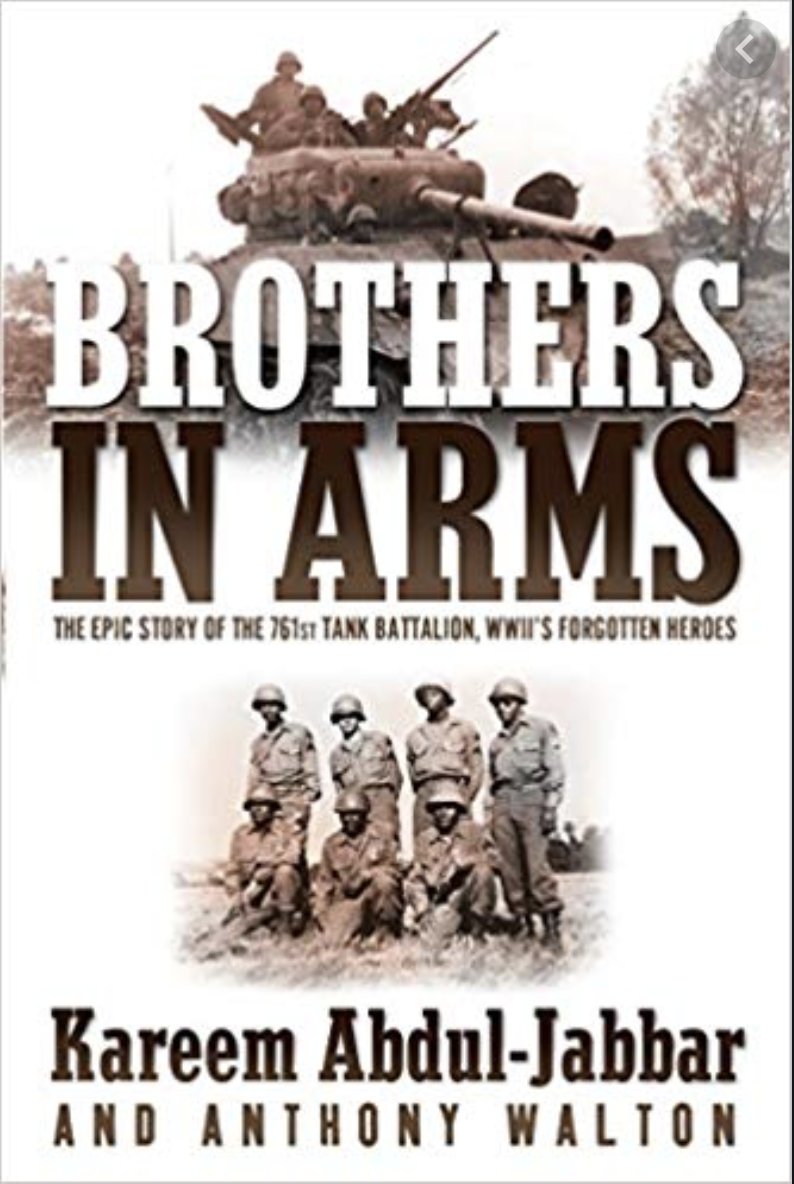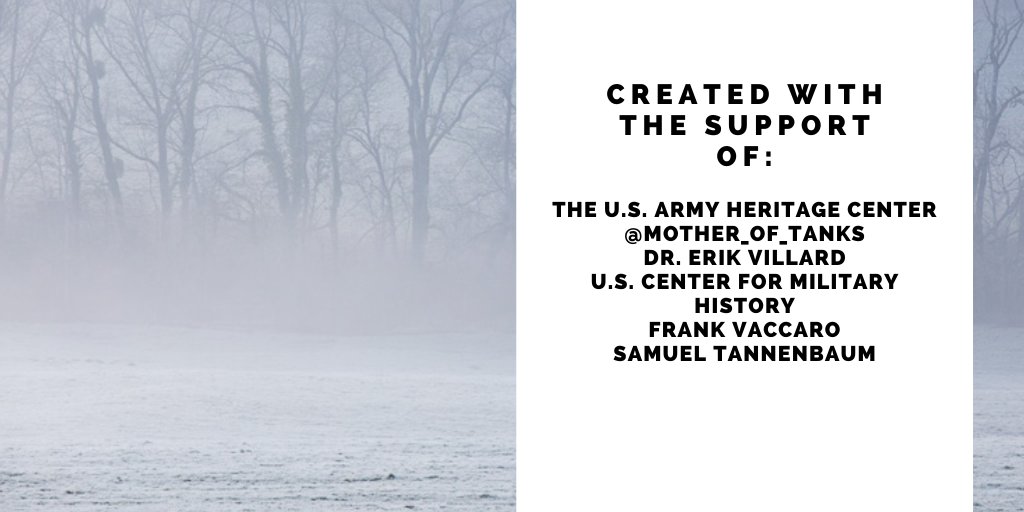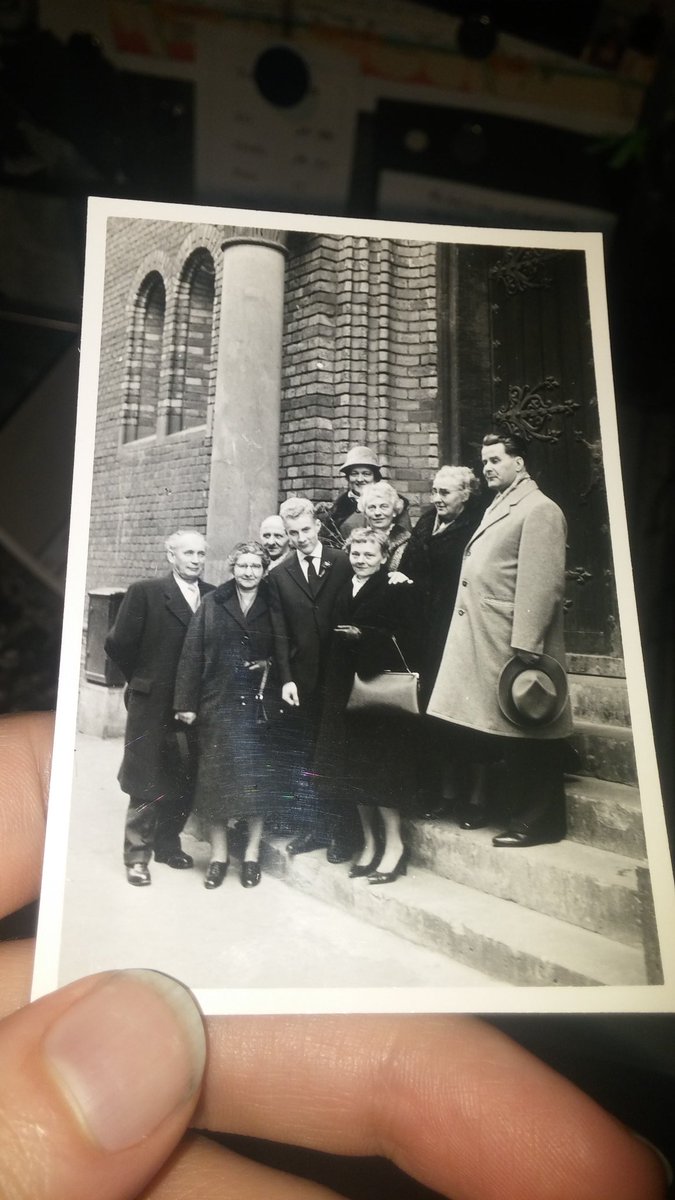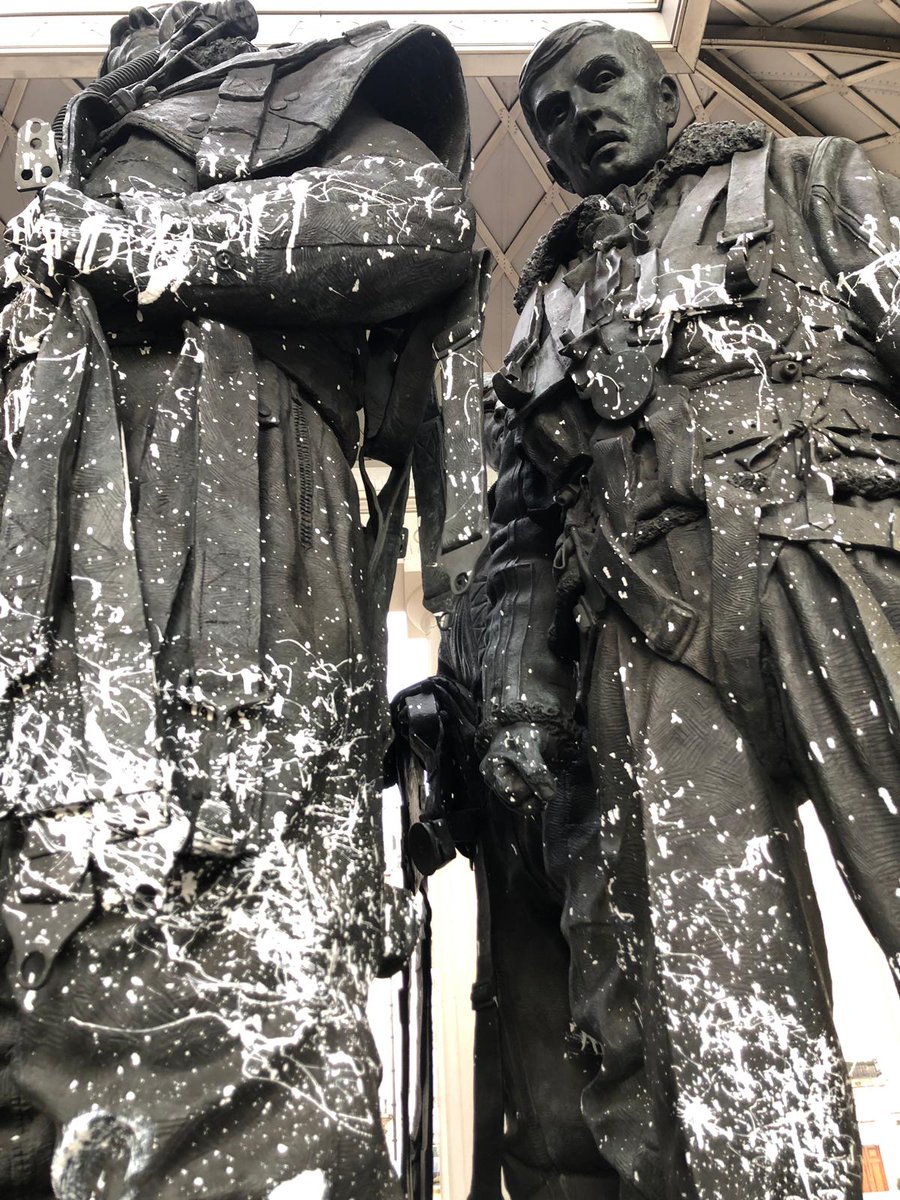On this #MLKDay, we pay homage to the original Black Panthers, the 761st Tank Battalion who liberated more than 30 towns and villages during WWII.


For this thread: images by @erikthehistorian, editing by @mother_of_tanks.
[END OF THREAD]





































































